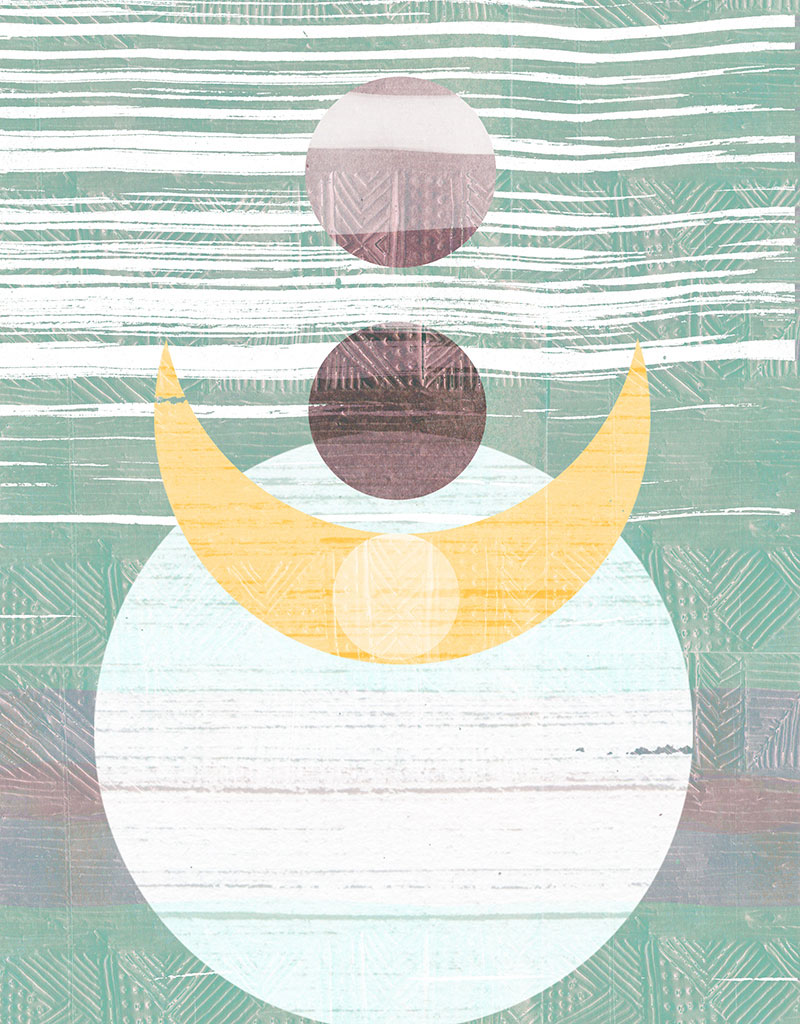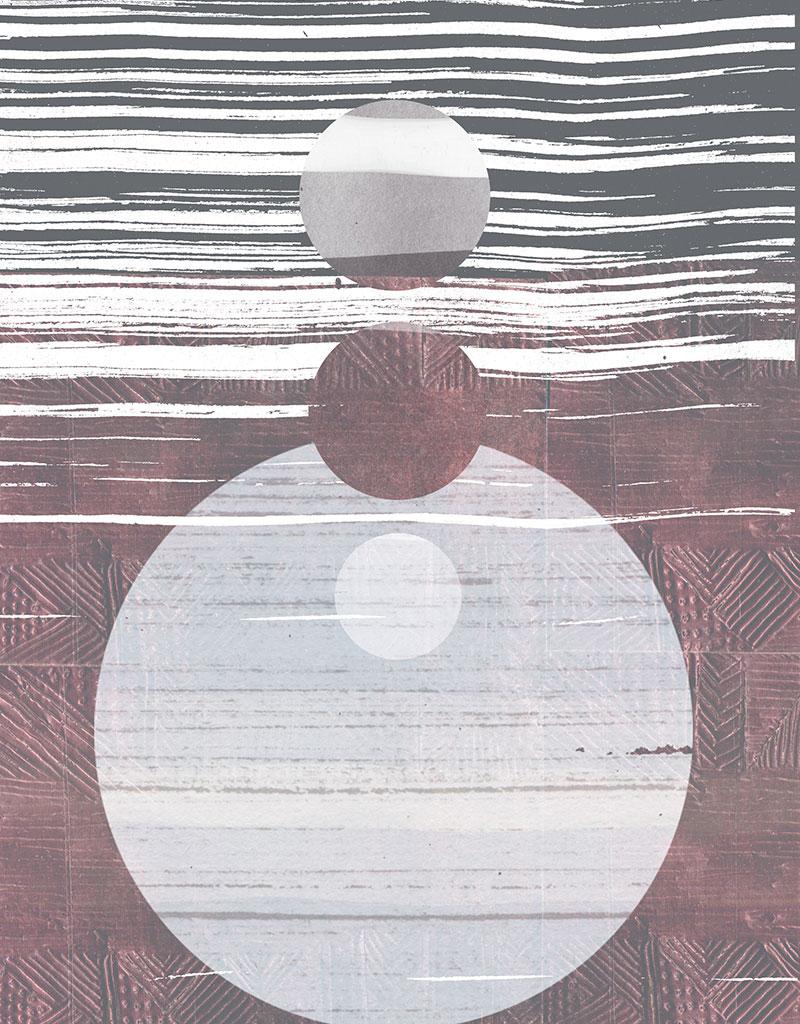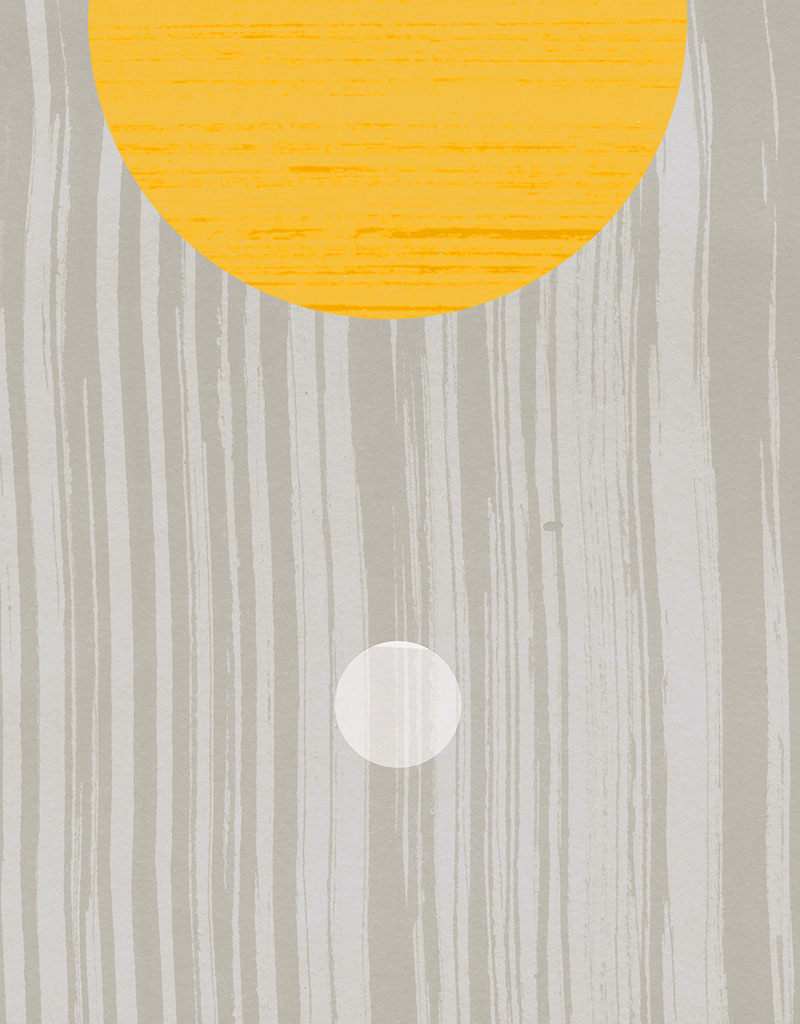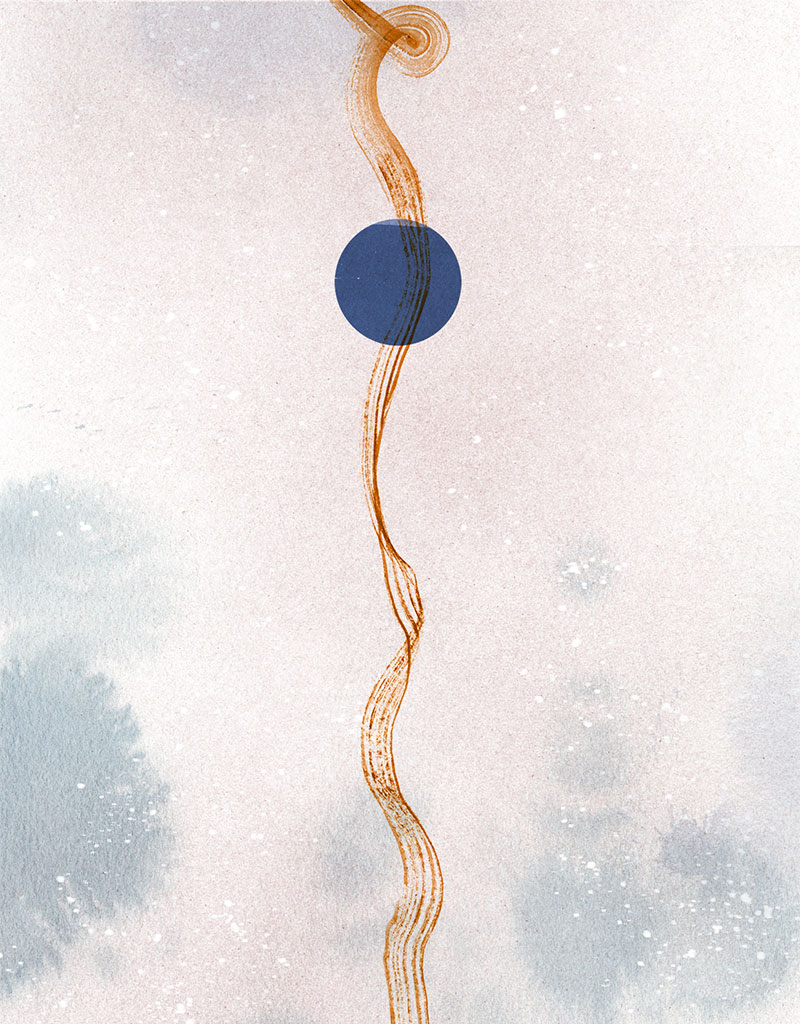Holi is the traditional festival that celebrates the arrival of Spring. Its festive fervour finds expression in a play of colour – from flowers to traditional gulaal and a spirit of joyous freedom
Isheeta Sharma
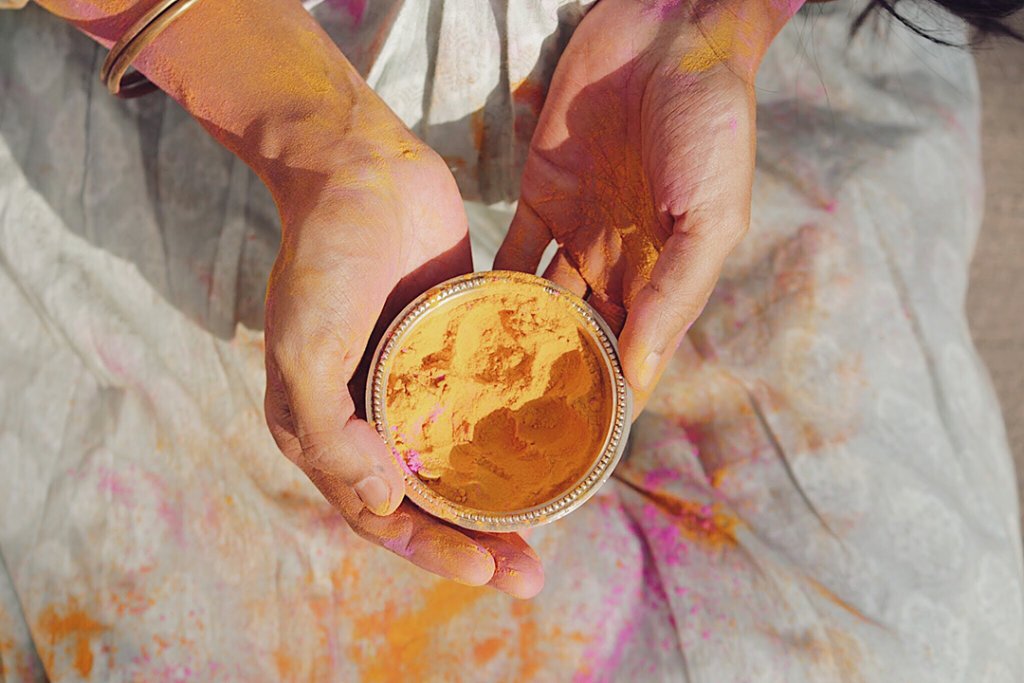
Curiosity is excited by the citizens. Dancing as they are
struck by the water from the syringes (pichkari) taken up,
of their own accord, by the amorous women
intoxicated by wine…
Ratnavali by Harsha Deva
(Trans. M.R. Kale)
One of the first textual references to Holi occurs in Ratnavali, a play or Natika from the 7th century CE, written by Harsha Deva. A Natika typically has a female protagonist and is shorter in length than a Nataka. A scene in Ratnavali describes the lively celebrations of the spring festival, Holi. Interestingly, many of the Holi rituals mentioned in this Sanskrit drama written over a thousand years ago have been preserved and continue to be followed to date.
Holi is the harbinger of spring or Basant, falling on the last full moon day of the lunar month of Phalguna, signaling the end of Shishir rtu. The day preceding the festival is called Holika Dahan. Which literally translates as “burning Holika”. According to a popular legend, the demon king Hirankashyap wanted his subjects to worship only him. However, his son Prahlad was a devotee of Vishnu and refused to worship his father. After several failed attempts to kill Prahlad, Hirankahshyap asked his sister Holika, who had been blessed with the power to survive fire, to sit in a fire with Prahlad in her lap. But Prahlad’s devotion to Vishnu was so powerful that it was he who survived and Holika who perished. This victory of good over evil continues to be celebrated with bonfires the day before Holi. Holika Dahan also coincides with the harvesting of Rabi or winter crops. To mark this occasion, people offer gehun ki bali (small pouches of wheat) to the fire. They also often gift them to each other. And the next day Holi, the festival of colour is celebrated.
Holi is also welcomed with traditional sweets. Gujjiya is a North Indian dessert made of suji or maida and filled with a mix of khoya, jaggery and dry fruits. Other regional sweets that celebrate Holi include Puran Poli in Maharashtra, Jilipi in Kolkatta and Malpua in Bihar. But in many parts of India all the traditional sweets are accompanied by a tall glass of thandai in a typical Holi ritual. Thandai, a popular drink in parts of the subcontinent, is a mixture of milk, sugar, almonds, rose petals, fennel seeds, cardamom, and saffron. Bhang or Cannabis is often added to it when it is served on festive occasions. Interestingly, bhang was known and used during Vedic times. In Atharva Veda, it is called one of the five most sacred plants on earth. And is also intensively used as a medicine in Ayurveda. On Holi, bhang represents the spirit of merry-making.
From dried Mehendi leaves came green; Tesu and Rose gave red and saffron; Beetroot gave purple or pink. Coloured water was made by soaking or boiling, Tesu petals and Beetroot.
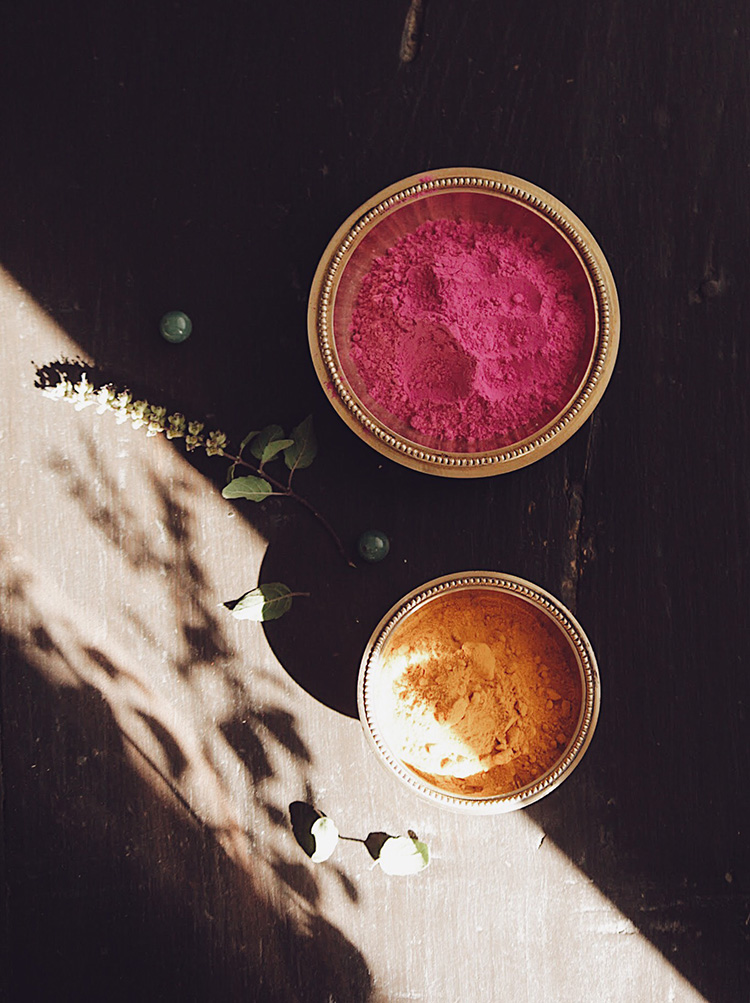
But the real essence of Holi lies in the carnivalesque colours thrown around with a fervour. Traditionally gulaal, also known as abeer, was made at home. Natural ingredients were mixed together to create a palette of colours. From dried Mehendi leaves came green; Tesu and Rose gave red and saffron; Beetroot gave purple or pink. Coloured water was made by soaking or boiling, Tesu petals and Beetroot. While the tradition of playing with colours has survived, synthetic colours have taken over now. These colours can be harsh and harm our bodies, externally and internally. Silica, Lead, Copper and Mercury are some of the harmful chemicals these synthetic colours contain. These can cause eye allergies, skin rashes and respiratory issues amongst others.
Our bodies need to be protected against the harmful impact of these colours. A traditional method is to oil your hair and body before playing with colour. The oil acts as a barrier against the chemicals. And prevents the chemicals from seeping into the skin or being absorbed by the hair follicles. Sesame or coconut oil are widely used. If Sesame oil is too heavy or the smell of Coconut is not to your liking there are other options such as Jojoba, Olive or even Castor oil.
Despite taking protective measures you still end up with multi-coloured skin. A simple bath may not be enough to remove them. One traditional method is to lightly massage the skin with goat’s milk or regular milk. The lactic acid in milk helps remove the colour and hydrate the skin. If that is not enough you can try a more potent oil blend. Mix 30 ml of Jojoba, Almond or Castor oil with 12 drops of Lemon essential oil and lightly massage the skin with it, let it seep into the skin deeply before bathing with a gentle soap. However, there is a note of caution – Lemon essential oil is phototoxic, meaning the skin and hair should not be exposed to sunlight after using this blend. So, if the colouration persists post Holi, massage the blend into skin before sleeping and wash off before going out the next morning.
The colour and noise of Holi may last only for a day, but its infectious joy lingers for long after.

